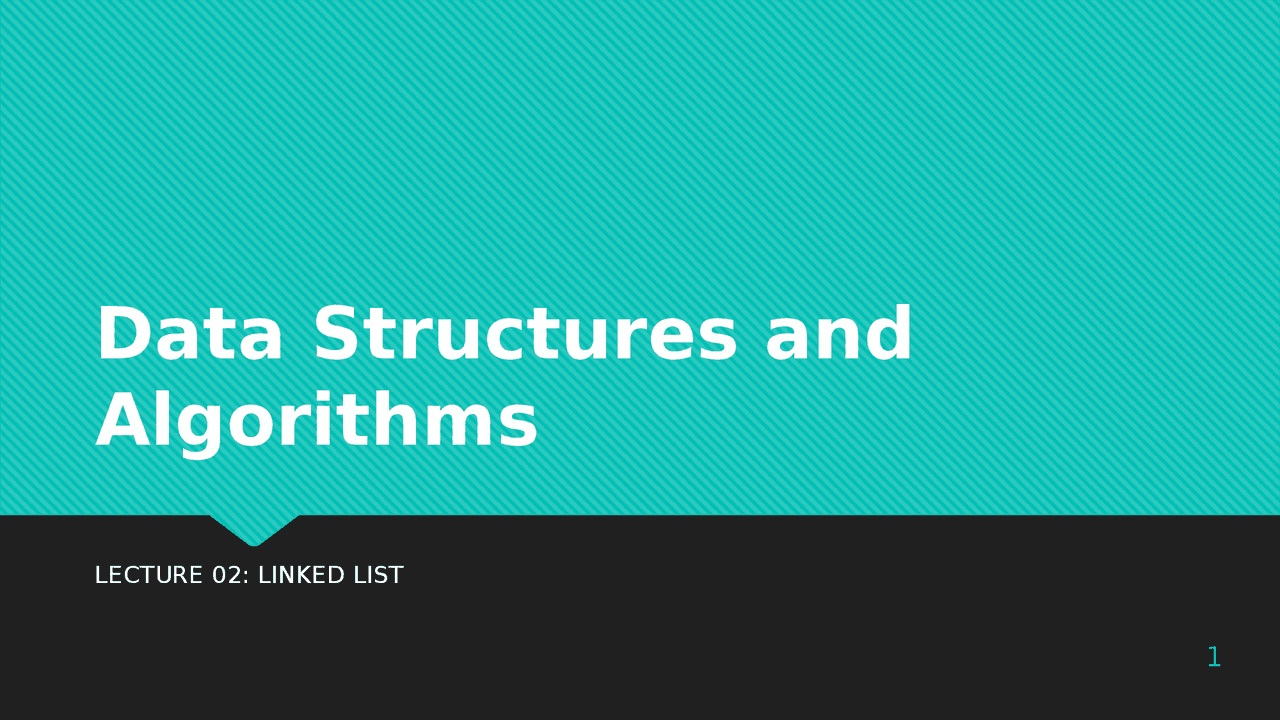Understanding Objects And Abstract Data Types Adts With Examples

Abstract Data Types Adts Class Templates Pdf C Parameter Two commonly encountered approaches are abstract data types (adts) and objects. while adts focus on representing data opaquely, objects emphasize representing data through composable interfaces. let’s explore the differences between these two approaches and their implications for software design. This image demonstrates how an abstract data type (adt) hides internal data structures (like arrays, linked lists) using public and private functions, exposing only a defined interface to the application program.

Understanding Objects And Abstract Data Types Adts With Examples An abstract data type (adt) is a mathematical model of a type of data. it describes operations that can be performed on the data and the mathematical definition of those operations using equations. Understand abstract data types (adts) in data structures with our in depth guide. learn how adts provide a framework for organizing and manipulating data, and explore common examples like stacks, queues, and lists. There are three main methods of representing data which developers are likely to encounter: abstract data types, algebraic data types, and objects. When delving into the realm of computer science, particularly in data organization and manipulation, an understanding of abstract data types (adts) and user defined data types (udts) becomes crucial.

Abstract Data Types Adts Schemes And Mind Maps Computer There are three main methods of representing data which developers are likely to encounter: abstract data types, algebraic data types, and objects. When delving into the realm of computer science, particularly in data organization and manipulation, an understanding of abstract data types (adts) and user defined data types (udts) becomes crucial. What is an abstract data type (adt)? definition: • defines a type through its properties (e.g., size, capacity) and operations (e.g., add, get, delete) without specifying implementation. Explore abstract data type (adts) to understand their significance, characteristics, and common examples like lists, stacks, and queues. Abstract data types are concerned with what, not how (they are expressed decoratively, and they do not specify algorithms or data structures). examples include lists, stacks, queue, and sets. While adts focus on representing data opaquely, objects emphasize representing data through composable interfaces. let’s explore the differences between these two approaches and their implications for software design.
Comments are closed.